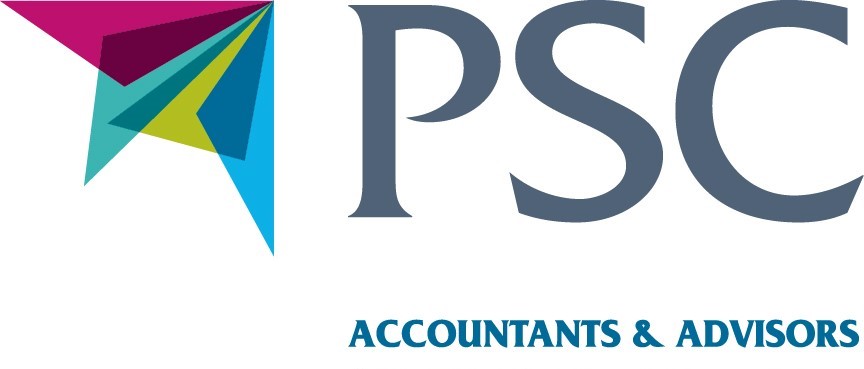
Action Plan – Revenue Settlement Opportunity
Date: 10 October 2025
Opportunity to regularise tax treatment of certain contractor arrangements for 2024 and 2025
Revenue has published guidance following the Karshan (Domino’s Pizza) Supreme Court decision on the employment status of certain workers. A time-limited settlement opportunity until 30 January 2026 is available for employers engaging contractors, who should have been treated as employees.
This memo outlines the key steps you need to take now.
- Confirm if the opportunity applies to you
- Determine whether you have (or had) workers engaged as “independent contractors / self-employed” for whom you withheld no PAYE/USC/PRSI (i.e. “paid gross”) during 2024 or 2025
- This opportunity applies only where:
- There was no Revenue query commenced before 20 October 2023,
- The engagement was genuinely believed to be self-employed under the pre-October 2023 rules and
- There is no prior ruling (e.g. WRC, Social Protection, etc) regarding employee classification.
- Review worker classification
- Using the five-step framework from the Karshan decision (as now endorsed by Revenue), assess each contractor / worker engagement to confirm whether it should have been an employment contract for tax (PAYE/PRSI) purposes.
- A link to this five-step Karshan framework is here (please refer in particular to Page 33 and the examples from Page 34 )
- Document your reasoning, criteria, factual basis, and comparisons between similar roles internally.
- Where needed, seek input from legal / HR advisors to manage borderline or higher risk roles.
- Important to note that any contractor or worker, who operates through a limited company, will not be treated as an employee.
- Quantify tax liabilities
For each reclassified worker for 2024 and 2025:
- Income Tax: 20% on gross payments.
- USC: blended 3.5% on gross payments.
- PRSI: employee and employer contributions at the applicable rates.
- Prepare a schedule of each worker, PPSN, period of engagement, gross payments, etc.
- Break the liabilities down year by year, for 2024 separately from 2025.
- The employer must also manually create a PRSI record for each reclassified individual, which your payroll agent can help you with.
- Decide on payment approach
- You can either:
- Pay in full on submission, or
- Request a Phased Payment Arrangement (PPA)
- Bear in mind: interest will apply over the PPA repayment period.
- Assess cashflow, affordability, and whether paying in full is preferable (to avoid interest).
- Prepare and submit the disclosure
- Include all required worker details, liability calculations and explanation of why the misclassification was bona fide.
- Submit via Revenue’s REVPAY system by the deadline: 30 January 2026.
- Make payment or agree a PPA at the time of disclosure.
- Complete all required details in the disclosure:
- Explanation of why each reclassification is “in scope” and that any misclassification was bona fide (i.e. not careless or deliberate)
- For each worker: name, PPSN, dates, gross amounts paid, tax/USC/PRSI calculations, classification rationale.
- Notify affected workers
- Advise reclassified workers not to include the disclosed income in their 2024/2025 tax returns (i.e. to avoid double taxation)
- Ensure they do not pay Class S PRSI on that income.
- If any employee have already filed their 2024 return, check for eligibility for a tax credit (for the employee) for tax already paid under self-assessment
- Retain correspondence and documentation of these communications in case Revenue queries.
- In line with your HR advisors, issue employment contracts to relevant individuals.
- After submission
- Revenue will issue PAYE assessments for 2024 and 2025.
- You must set up or update PRSI records for those years.
- You must monitor that all payments and credits are properly allocated.
- Future compliance
- The settlement covers only 2024–2025.
- Update your engagement practices using the Karshan framework to avoid future misclassifications.
- Schedule regular internal reviews.
Final thoughts
If you do nothing
- Understand that Revenue may treat non-disclosed liabilities as the result of a complete failure to operate PAYE/PRSI/USC, triggering full interest and penalties.
- Revenue may also re-gross payments made, which will add significantly to the liability.
- Using this disclosure window is the safest route to regularise the position.
Benefits of Making a Disclosure
- Income tax rate of 20%, regardless of earnings.
- No interest (unless availaing of a PPA) or penalties – it will be regarded by Revenue as a “technical adjustment”.
- No question of Revenue regrossing payments made to misclassified individuals.
- USC “blended rate” of 3.5% only.
If a disclosure is not made, it is likely that Revenue will vigorously pursue taxpayers.
Implications for Individuals
- Income in question should not be included in their personal income tax returns for 2024 or 2025.
- A credit should be available for those individuals who have already paid their 2024 tax liabilities and preliminary tax for 2025.
Example
Assumes:
Payments of €20,000 to an individual who should have been classified as an employee:
PAYE @20% €4,000
USC @ 3.5% €700
Employee PRSI at (say) 4.1% €820
Employer PRSI at (say) 11.15% €2,230
Total €7,750
Next Steps:
We recommend beginning the classification review and liability calculation immediately, to allow time for analysis, worker communication and preparation ahead of the 30 January 2026 deadline.
